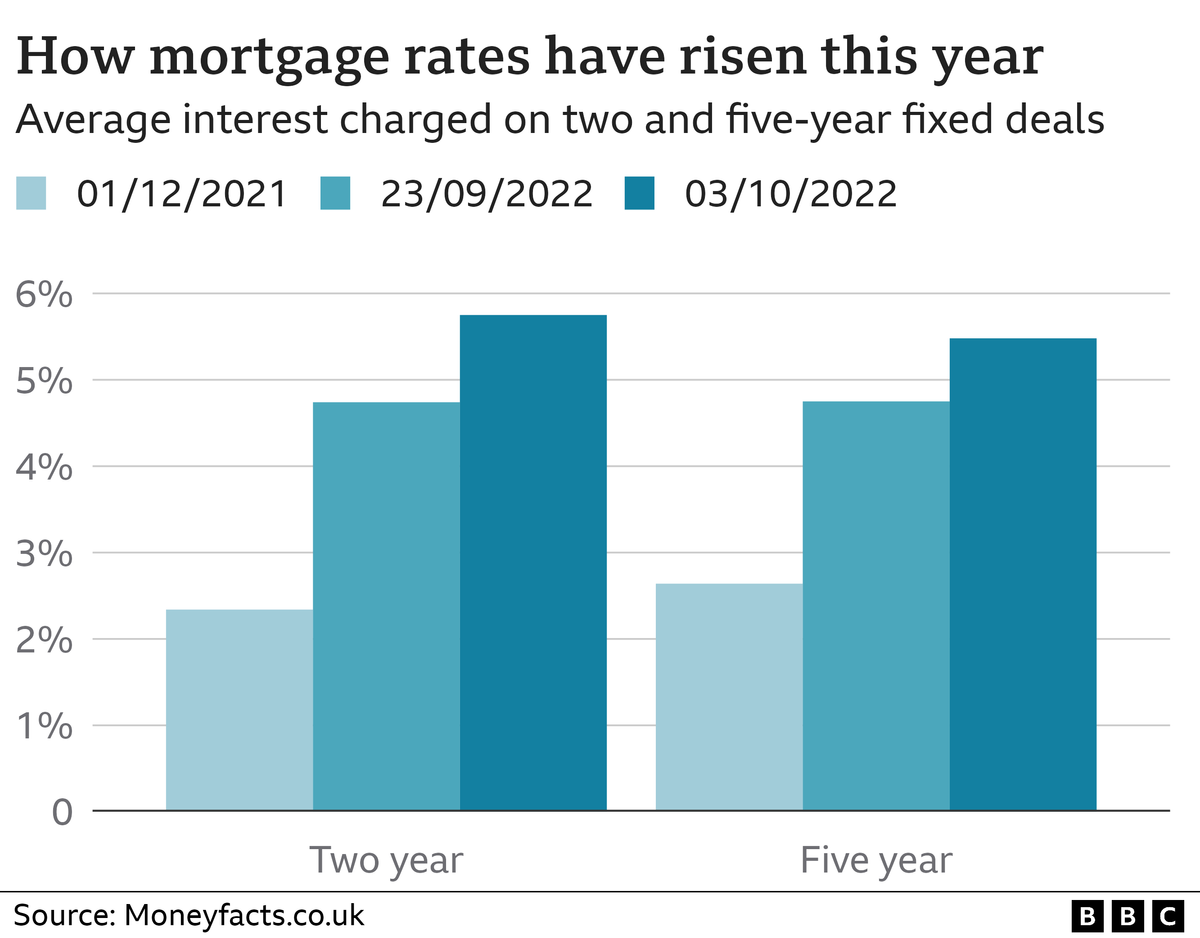Mortgage Rates Are Unlikely to Fall Much Further, Even With the Fed’s Upcoming Rate Cuts

Introduction
In recent months, the rental market for new apartments has experienced a notable shift. Asking rents for newly constructed apartments have decreased by 6%, reaching their lowest levels since 2022. This trend is largely attributed to a significant increase in the number of completed buildings, which has led to a surplus in available rental units.
Market Dynamics
The influx of new apartment buildings has created a competitive environment for landlords, who are now compelled to lower rents to attract tenants. This oversupply of rental units is a stark contrast to the previous years, where demand outpaced supply, allowing landlords to command higher rents. The current market dynamics indicate a shift towards a renter's market, where tenants have more options and bargaining power.
Impact on Tenants
For tenants, this decrease in asking rents is a welcome change. It provides an opportunity for renters to secure better deals and potentially upgrade to newer, more modern apartments without a significant increase in their rental expenses. Additionally, the increased availability of rental units means that tenants can be more selective, prioritizing amenities, location, and other factors that are important to them.
Developer and Investor Response
Developers and investors are closely monitoring these trends, as the decrease in asking rents could impact their return on investment. Some developers may choose to delay new projects or scale back on planned developments to avoid further saturating the market. Investors, on the other hand, may seek opportunities in markets where demand remains strong or explore alternative real estate investments.
Regional Variations
While the overall trend shows a decrease in asking rents, there are regional variations. In some metropolitan areas, the demand for new apartments remains robust, and rents have not seen as significant a decline. These areas may have unique factors driving demand, such as strong job markets, population growth, or limited housing supply. Conversely, regions with a high concentration of new developments are experiencing more pronounced rent reductions.
Future Outlook
The future outlook for the rental market will depend on several factors, including economic conditions, interest rates, and housing policies. If the economy continues to recover and job growth remains strong, demand for rental housing may stabilize, potentially leading to a rebound in asking rents. However, if economic uncertainty persists, the trend of decreasing rents could continue.
Conclusion
In summary, the rental market for new apartments is currently experiencing a period of adjustment, with asking rents dropping by 6% due to an oversupply of completed buildings. This shift benefits tenants by providing more options and better deals, while developers and investors must navigate the changing landscape carefully. Regional variations highlight the complexity of the market, and the future outlook will depend on broader economic trends and housing policies.





Start the discussion
Become a member of Crib Metrics - Fresh Housing Market Insights and Analysis to start chatting with our AI Real Estate Market Analyst about the article Mortgage Rates Are Unlikely to Fall Much Further, Even With the Fed’s Upcoming Rate Cuts
Already a member?